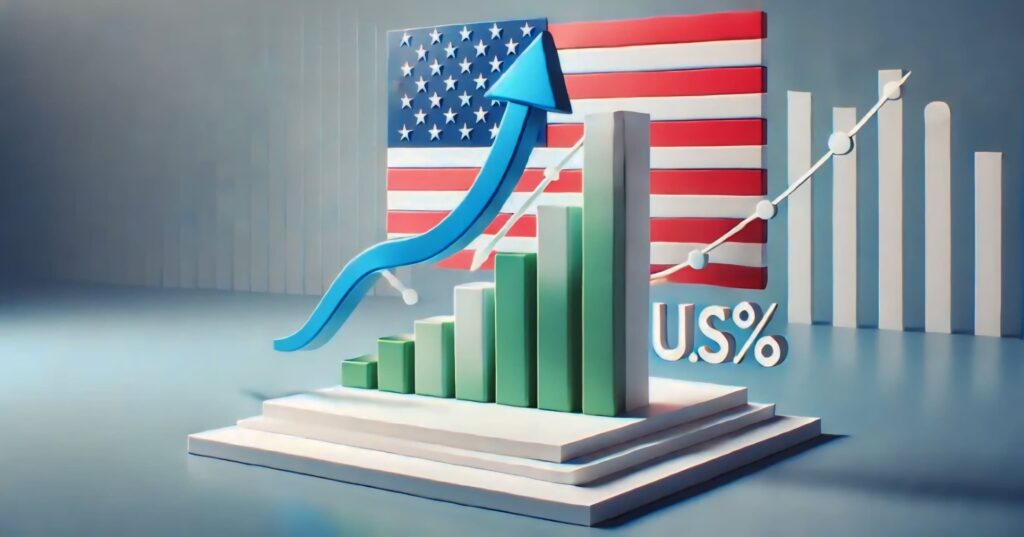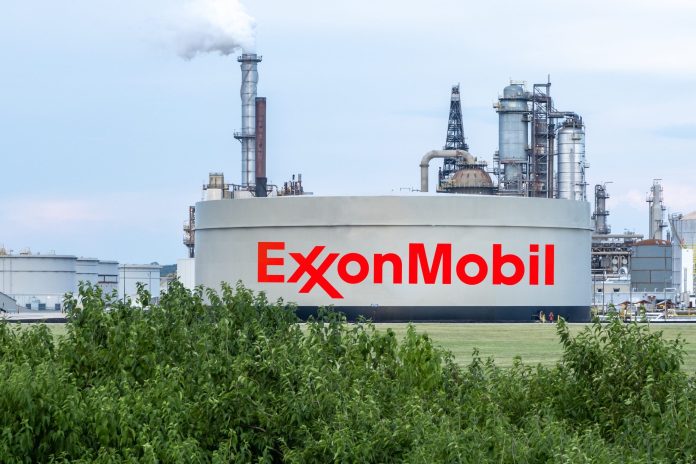
The United States boasts the largest economy in the world, characterized by a diverse array of industries, a highly developed infrastructure, and a consumer-driven market. This article explores the key components of the U.S. economy, the challenges it faces, and its future prospects.
Sectors of the Economy
The services sector is the dominant force, accounting for approximately 80% of GDP. This includes finance, healthcare, education, and hospitality, with finance being particularly significant, as New York City is a global financial hub.
Manufacturing remains a vital part of the economy, contributing around 18% of GDP. Key industries include automobiles, aerospace, electronics, and machinery.
Although agriculture accounts for only about 1% of GDP, the U.S. is one of the largest agricultural producers in the world, known for crops like corn, soybeans, and wheat.
The U.S. leads in technological innovation, home to Silicon Valley and major tech companies like Apple, Google, and Microsoft.
The healthcare industry is one of the largest and fastest-growing sectors, driven by an aging population and advances in medical technology.
The U.S. is a major player in energy production, particularly in oil and natural gas, thanks to advancements in fracking technologies.
Income inequality remains a pressing issue, with the wealth gap widening in recent decades. This disparity can hinder economic mobility and social cohesion. The U.S. national debt has surpassed $31 trillion, raising concerns about fiscal sustainability and the potential impact on future generations. While the unemployment rate has decreased significantly in recent years, challenges such as the skills gap and underemployment persist, particularly in a rapidly changing job market.The U.S. economy has faced inflationary pressures, exacerbated by supply chain disruptions, labor shortages, and increased consumer demand post-pandemic.
The U.S. continues to lead in technological advancements, particularly in artificial intelligence, biotechnology, and renewable energy. This innovation could drive economic growth and create new industries.
As a major player in global trade, the U.S. must navigate complex international relationships and trade agreements that impact its economy. Shifts in trade policies can affect domestic industries and job markets.
Increasing focus on sustainability and climate change presents both challenges and opportunities. Investments in renewable energy and green technologies could reshape the energy landscape and create new job opportunities.
The economy of the United States is a complex and evolving entity, marked by its vast resources, innovative spirit, and diverse industries. While facing significant challenges, including income inequality and inflation, government initiatives and a focus on innovation provide a pathway for future growth. As the U.S. adapts to a rapidly changing global economy, its ability to leverage technological advancements and sustainable practices will be crucial in maintaining its position as a global economic leader.



